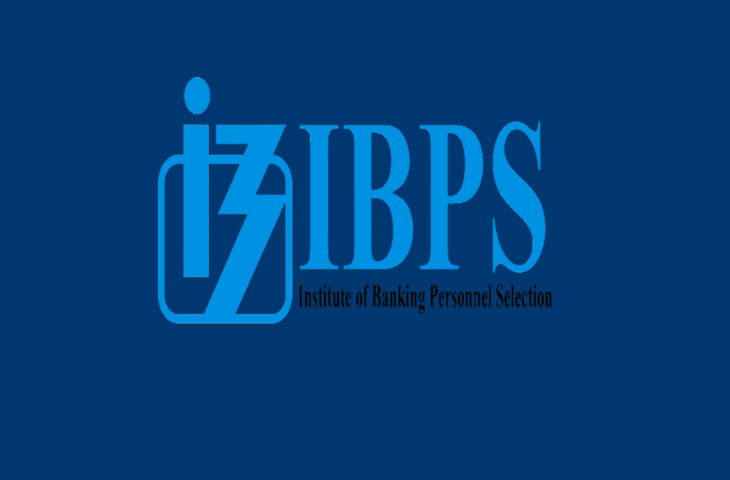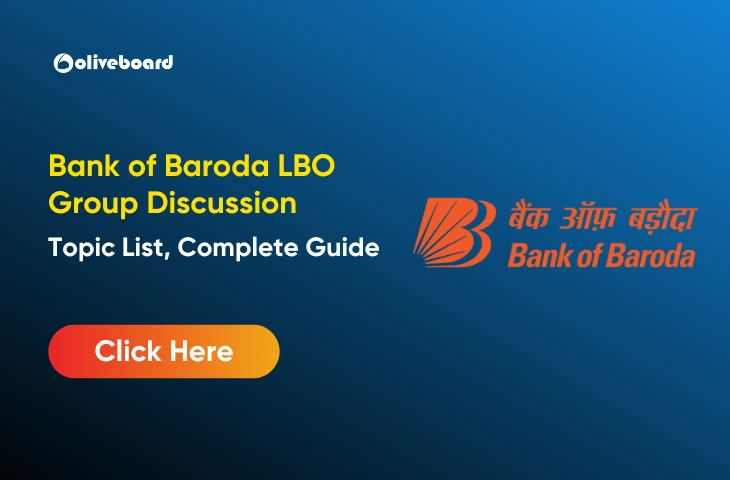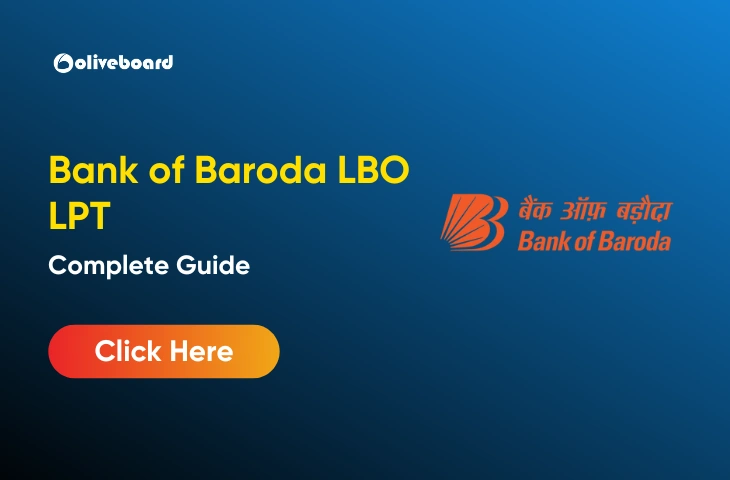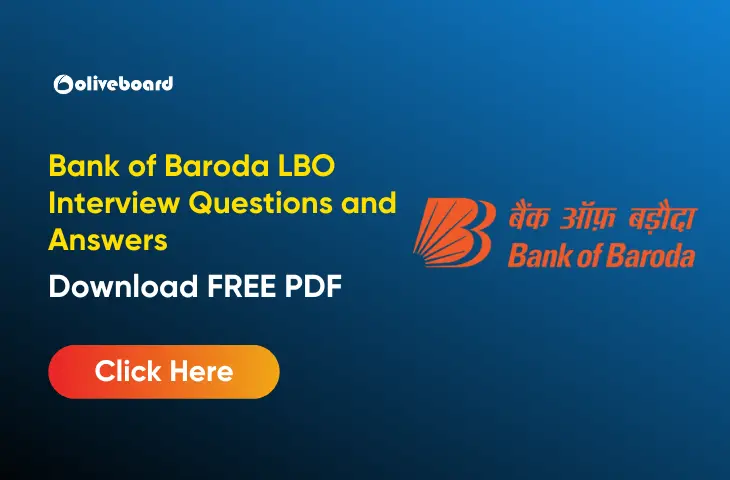Financial Instruments & Markets for LIC AAO Exam: The LIC AAO (Assistant Administrative Officer) exam tests candidates on their knowledge of the financial system, insurance industry, and economic concepts. Among the most important areas in the General Awareness section are Financial Instruments and Markets. Understanding how different markets function, what financial instruments are traded, and how they affect the economy is crucial for aspirants. Questions in the LIC AAO exam often revolve around the Money Market, Capital Market, Primary and Secondary Markets, and other related areas like forex, government securities, and derivatives.
In this article, we will cover Financial Instruments & Markets for LIC AAO Exam in detail with simple explanations, examples, and exam relevance.
What are Financial Instruments?
A financial instrument is a legal contract or document that represents a financial claim, asset, or obligation between two parties. In simple words, it is a tool that allows individuals, companies, or governments to raise funds, invest money, or transfer financial risks. These instruments can be traded, held for investment, or used for financing activities. For example:
- When a company issues shares, it provides ownership rights to investors.
- When the government issues treasury bills, it borrows money for short-term needs.
- When banks issue debentures, they raise funds from the public.
- When traders buy derivatives, they are hedging or speculating on the price of an underlying asset.
Why is this important for the LIC AAO Exam?
For LIC AAO aspirants, understanding financial instruments is important because:
- It helps in analyzing how LIC manages its huge investment portfolio.
- It explains how LIC ensures stable returns for policyholders while minimizing risks.
- Many general awareness questions in the exam focus on features, types, and examples of financial instruments.
- It provides clarity on regulatory frameworks like SEBI, RBI, and IRDAI, which govern the use of these instruments.
Types of Financial Instruments
Financial instruments can be broadly classified into the following categories:
- Debt Instruments
- Represent a borrowed amount that must be repaid with interest.
- Issued by governments, banks, and corporations to raise funds.
- Examples: Bonds, Debentures, Treasury Bills, Commercial Papers.
- Carry lower risk compared to equity but usually offer fixed returns.
- Equity Instruments
- Represent ownership in a company.
- Investors earn through dividends and capital appreciation.
- Examples: Equity Shares, Preference Shares, Stocks.
- Higher risk compared to debt, but also potential for higher returns.
- Derivative Instruments
- Financial contracts that derive their value from an underlying asset (stocks, commodities, currencies, interest rates, etc.).
- Used for hedging risk, speculation, and arbitrage.
- Examples: Futures, Options, Swaps, and Forward Contracts.
- Hybrid Instruments
- Combine features of both debt and equity.
- Provide fixed returns like debt but may also give ownership benefits.
- Examples: Convertible debentures, preference shares with conversion option.
What are Financial Markets?
A Financial Market is a marketplace where buyers and sellers trade financial instruments like shares, bonds, and money market securities. These markets are the backbone of the economy, as they channel savings into investments, ensuring businesses and governments have access to capital, while investors earn returns on their savings.
Why is this important for the LIC AAO Exam?
For LIC AAO aspirants, understanding these markets is crucial because:
- It helps to analyze where and how LIC invests policyholders’ money.
- Many exam questions focus on differences between markets (e.g., primary vs. secondary).
- Regulatory aspects (RBI, SEBI, IRDAI) are frequently tested in General Awareness.
Types of Financial Markets
Financial markets can be divided into the following categories:
- Money Market
- Capital Market
- Primary Market
- Secondary Market
Money Market
The Money Market deals with short-term financial instruments, generally with maturities of up to one year. It plays a crucial role in maintaining liquidity in the economy and meeting the short-term borrowing requirements of banks, corporations, and the government.
Key Features of Money Market Instruments:
- Highly liquid and safe.
- Generally issued at a discount and redeemed at face value.
- Provide short-term funding for working capital and liquidity needs.
- Regulated primarily by the RBI.
Examples of Money Market Instruments:
- Treasury Bills (T-Bills): Issued by the RBI on behalf of the government; risk-free investments with maturities of 91, 182, and 364 days.
- Commercial Papers (CP): Unsecured, short-term promissory notes issued by companies for working capital requirements.
- Certificates of Deposit (CD): Negotiable term deposits issued by banks and financial institutions, offering higher returns.
- Commercial Bills: Used in trade finance, where bills of exchange are discounted by banks for liquidity.
- Call/Notice Money: Very short-term loans between banks; Call Money (1 day) and Notice Money (2–14 days).
- CBLO (Collateralized Borrowing and Lending Obligation): Short-term instrument backed by government securities, ensuring safe borrowing and lending.
Relevance for LIC AAO Exam: Candidates must know which instruments belong to the money market, their maturity period, and regulatory authority, as these are common exam questions.
Also Read: Important Financial Institutions for LIC AAO Exam
Primary Market
The Primary Market (also called the New Issue Market) is where companies issue securities to raise fresh funds directly from investors. This is the first time securities are introduced in the market.
Functions of the Primary Market:
- Helps companies raise long-term capital for expansion or new projects.
- Mobilizes savings from individuals and institutions into investments.
- Provides opportunities for investors to participate in new businesses.
Key Mechanisms in the Primary Market:
- Book Building: A process of discovering the price of shares in an IPO, based on investor demand.
- ASBA (Application Supported by Blocked Amount): Investor funds remain blocked in their accounts until shares are allotted, ensuring transparency.
- Anchor Investors: Institutional investors who subscribe before the IPO opens, creating market confidence.
- Green Shoe Option: Allows the issuer to sell additional shares (up to 15%) to stabilize post-listing prices.
- IPOs (Initial Public Offers): The first sale of shares by a company.
- FPOs (Follow-on Public Offers): Sale of shares by a company that is already listed.
- IDRs (Indian Depository Receipts): Issued by foreign companies in India.
- GDRs (Global Depository Receipts): Issued by Indian companies in international markets.
- QIP (Qualified Institutional Placement): A method by which listed companies raise funds from institutional investors.
- ECBs, FCCBs, Euro Issues: Ways of raising funds from international markets.
Relevance for LIC AAO Exam: Questions often focus on IPO process, ASBA, book building, and types of securities issued in the primary market.
Secondary Market
The Secondary Market (also called the Stock Market) is where existing securities are bought and sold among investors. Unlike the primary market, companies do not receive funds here; instead, it provides liquidity and valuation to the securities issued.
Functions of the Secondary Market:
- Provides liquidity by allowing investors to sell securities anytime.
- Ensures price discovery based on demand and supply.
- Facilitates capital allocation, ensuring funds flow to efficient companies.
- Acts as an economic barometer, reflecting the overall economic condition.
Key Aspects:
- Securities can be listed (tradable on an exchange) or unlisted (OTC trades).
- Stockbrokers, traders, and investors actively participate in this market.
- Governed by SEBI for investor protection and market transparency.
Relevance for LIC AAO Exam: Questions may be asked about the difference between primary and secondary markets, functions of stock exchanges, or listing/delisting rules.
Important SEBI Regulations
The Securities and Exchange Board of India (SEBI) is the regulator of Indian capital markets. It ensures fairness, transparency, and investor protection.
Major Regulations by SEBI:
- Regulates IPOs & FPOs: Ensures companies disclose all information before raising funds.
- Insider Trading Regulations: Prevents unfair trading based on unpublished price-sensitive information.
- Takeover Regulations: Governs acquisition of controlling stakes in listed companies.
- Delisting Rules: Lays down procedures for voluntary and compulsory delisting of companies.
- Buyback Regulations: Ensures companies follow fair practices when repurchasing shares.
- Corporate Governance: Mandates board independence, audit committees, and disclosure norms.
Relevance for LIC AAO Exam: Candidates must remember SEBI’s role as a regulator and its key functions since regulatory questions are commonly asked.
Stock Exchanges
A Stock Exchange is a regulated marketplace where securities like shares, bonds, and derivatives are traded. It acts as a platform for investors and companies to transact efficiently.
Major Stock Exchanges in India:
- BSE (Bombay Stock Exchange): Established in 1875, it is Asia’s oldest exchange. Known for its Sensex index.
- NSE (National Stock Exchange): Established in 1992, it is India’s largest exchange by volume. Known for its Nifty 50 index.
Functions of Stock Exchanges:
- Provides a trading platform for buyers and sellers.
- Ensures price discovery through demand-supply mechanisms.
- Offers liquidity by allowing investors to buy/sell at any time.
- Ensures investor protection by following SEBI regulations.
- Maintains transparency with electronic trading systems.
Relevance for LIC AAO Exam: Aspirants should be familiar with key stock exchanges, their indices, and their role in the Indian financial system.
FAQs
Financial instruments are tradable assets like shares, bonds, and T-bills, important for LIC AAO preparation.
Types include debt instruments, equity instruments, derivatives, and hybrid instruments.
Financial markets help understand money flow, investments, and capital formation, often asked in LIC AAO.
Primary market issues new securities, while secondary market deals with trading of existing securities.
T-Bills, Commercial Papers, Certificates of Deposit, Call Money, and CBLO are key for LIC AAO questions.
- IBPS Clerk Mains Exam Analysis 2025, 29th November, Shift 1

- PNB LBO Syllabus and Exam Pattern 2025, Check Details

- PNB LBO Salary 2025, In Hand Salary, Perks, and Allowances

- Bank of Baroda LBO Group Discussion, Topic List, Complete Guide

- Bank of Baroda LBO LPT, State-wise Languages & Full Details

- Bank of Baroda LBO Interview Questions and Answers, Download FREE PDF

Hi, I’m Tripti, a senior content writer at Oliveboard, where I manage blog content along with community engagement across platforms like Telegram and WhatsApp. With 3+ years of experience in content and SEO optimization related to banking exams, I have led content for popular exams like SSC, banking, railways, and state exams.
